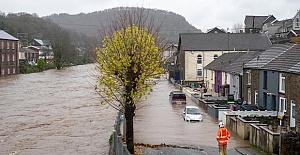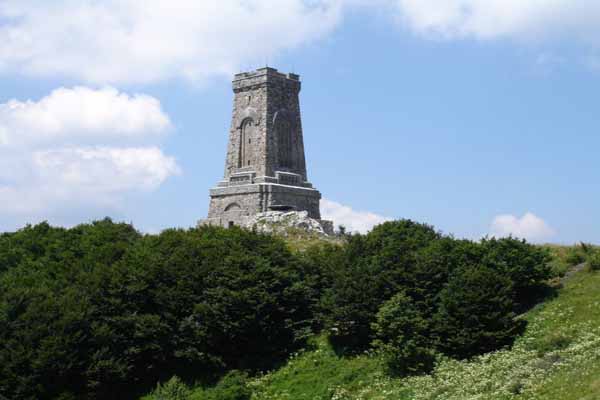Once among the administrative centers of the Ottoman Empire, Sofia was adorned with monuments. When the empire withdrew from the region, it left behind 170 monuments including 32 mosques, 8 schools, 15 dervish lodges, 3 hospices, 2 mausoleums, 13 inns and 7 caravansaries. Among the most important monuments carrying the vestiges of the past is the Banyabasi Mosque, The Kadi Seyfullah Efendi Mosque is the only mosque currently open for religious prayers in the city. Due to an agreememnt signed by the Turkish and Bulgarian Culture Ministries, the mosque will undergo renovation with the support of the Turkish International Cooperation and Development Agency (TIKA). Besides the mosque are the remains of a bathhouse built in the 16th century. On Fridays approximately 1000 people attend the Friday prayer. Another monument found in the center of Sofia is the Mahmutpasa Mosque. Begun during the period when Fatih Sultan Mehmet’s grand vizier Mahmut Pasa was the governor of Rumeli, the construction of the mosque was completed in 1494. The largest mosque during the period, it was known among the people as “Ulu Mosque.” Built as a complex with a school, aqueduct and fountains, the Mahmutpasa Mosque is now used as a mosque.
The Governor’s Palace built near the Mahmutpasa Mosque served as the administrative headquarters of the Rumeli governors. It was the location from which Bulgary was administered following the Turkish-Russian War. It is currently an archaeological museum.
The Dervish, or Sofu Mehemet Pasa Mosque is one of the three remaining mosques in Sofia after five centuries of Ottoman rule. The only monument known to belong to the famous Ottoman civil engineer Mimar Sinan, the mosque is referred to among the people as the “Black Mosque.” Constructed as a complex with 16 school rooms, it was used as a prison and an ammunition storehouse. The Black Mosque has been used as a church since 1903.


 After Nesil Caliskan a by-election will be held in Jubilee ward in Enfield
After Nesil Caliskan a by-election will be held in Jubilee ward in Enfield Publishing the analysis, Labour’s Cllr Ergin Erbil said Everybody in Enfield deserves basic rights
Publishing the analysis, Labour’s Cllr Ergin Erbil said Everybody in Enfield deserves basic rights Gaza-Israel conflict Statement from Cllr Ergin Erbil, Leader of Enfield Council
Gaza-Israel conflict Statement from Cllr Ergin Erbil, Leader of Enfield Council Cllr Ergin Erbil was elected as the new Leader of Enfield Council
Cllr Ergin Erbil was elected as the new Leader of Enfield Council History of the Turkish Cypriot People symposium held in London
History of the Turkish Cypriot People symposium held in London Asia's most famous and powerful 100 women award given to WFPA President Naziya Bisenova
Asia's most famous and powerful 100 women award given to WFPA President Naziya Bisenova Death toll climbs to 5 as powerful Storm Bert batters Britain
Death toll climbs to 5 as powerful Storm Bert batters Britain Turkish students are unable to obtain visas from the Italian Consulates
Turkish students are unable to obtain visas from the Italian Consulates Footballers are celebrating after Enfield Council officially opened a pitch
Footballers are celebrating after Enfield Council officially opened a pitch  Pep Guardiola's Manchester City beaten by Juventus
Pep Guardiola's Manchester City beaten by Juventus Chelsea to meet Arsenal in Sunday's London derby
Chelsea to meet Arsenal in Sunday's London derby Fenerbahce vs Manchester United Predicted line-ups! Jose Mourinho faces former side
Fenerbahce vs Manchester United Predicted line-ups! Jose Mourinho faces former side UK economy had zero growth between July and September
UK economy had zero growth between July and September Shape the future of housing services with The Enfield 500
Shape the future of housing services with The Enfield 500 DOUBLE-CAB PICKUPS TO BE CLASSED AS CARS UNDER NEW HMRC POLICY
DOUBLE-CAB PICKUPS TO BE CLASSED AS CARS UNDER NEW HMRC POLICY Guide to Selling Hoodies with Imprinted Book Quotes
Guide to Selling Hoodies with Imprinted Book Quotes



















